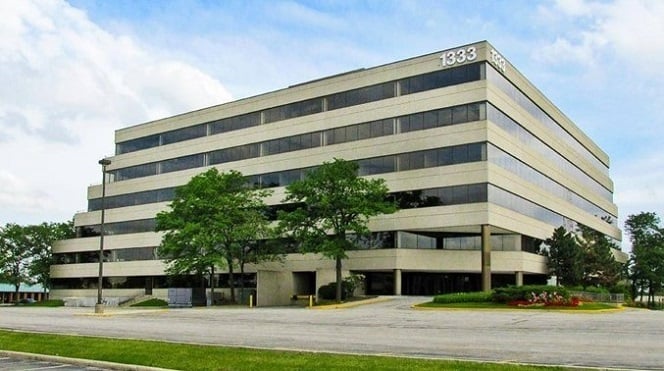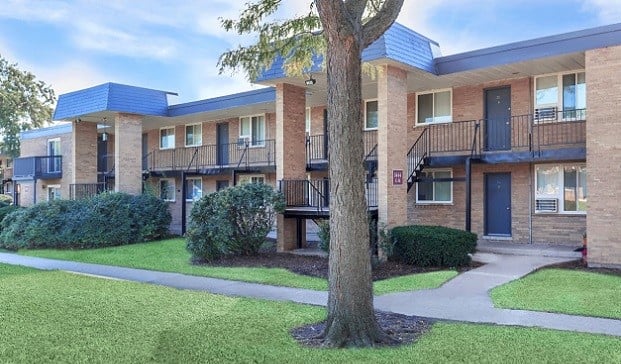
MIAMI—If you've ever lived through flood damage in your home or business, you know how devastating it can be. After Hurricane Harvey, between $25 billion and $37 billion worth of flood loss hit homes across southeast Texas and southwest Louisiana, according to property analytics firm CoreLogic.
And that's just one hurricane and one region. Flood damage can come from less dramatic events.
GlobeSt.com caught up with Patty Templeton-Jones, president and Chief Program Advocate at Wright Flood, to get some insights. She works cooperatively with FEMA/NFIP as well as congressional representatives to recommend flood reform solutions and review practical impacts of current and future flood reforms.
GlobeSt.com: What are the stats on flood insurance across the nation?
Templeton-Jones: Across the entire US, only 12% of homes have flood insurance, despite the fact that the National Flood Insurance Program (NFIP) estimates that 1 inch of water in a home can create around $20,000 in damage, and the average NFIP claim is more than $40,000. Without flood insurance, many of these homes and businesses simply cannot afford to fully recover. Simply put, flooding is the costliest and most common natural disaster in the US, and many Americans are underprepared and underinsured in the event that a flood disaster occurs.
GlobeSt.com: Do home and business owners in low-risk flood zone areas need flood insurance?
Templeton-Jones: The common misconception is that if you're in a low-to-moderate risk flood zone, you don't need flood insurance. But the reality is, especially when it comes to flooding, disasters can occur anywhere, at any time.
In fact, 98% of counties in the US have been impacted at some time by floods. While those in high-risk flood zones are required by their mortgage lenders to have federally-backed National Flood Insurance Program (NFIP) policies and are thus covered when a flooding disaster occurs, 25% of all flood damage occurs in low to moderate risk areas, and one third of FEMA disaster money is directed toward homes in these low-to-moderate risk zones. This money is rarely enough to help families and communities in low-to-moderate risk zones that opt-out of flood coverage truly recover.
GlobeSt.com: We tend to associate flooding with hurricanes along the Southeast and the Gulf Coast. How are non-coastal areas are at risk?
Templeton-Jones: Aside from events caused by hurricanes and tropical storms, flooding takes many other forms. For example, this time of year is well known for heavy rainstorms that can strike quickly, anywhere across the country. Accumulated rainfall puts stress on riverbanks, levees, lakes and other waterways, often causing devastating flash flooding.
© Touchpoint Markets, All Rights Reserved. Request academic re-use from www.copyright.com. All other uses, submit a request to [email protected]. For more inforrmation visit Asset & Logo Licensing.






